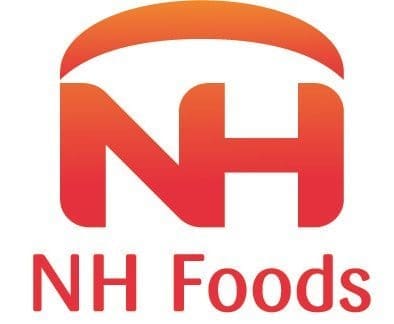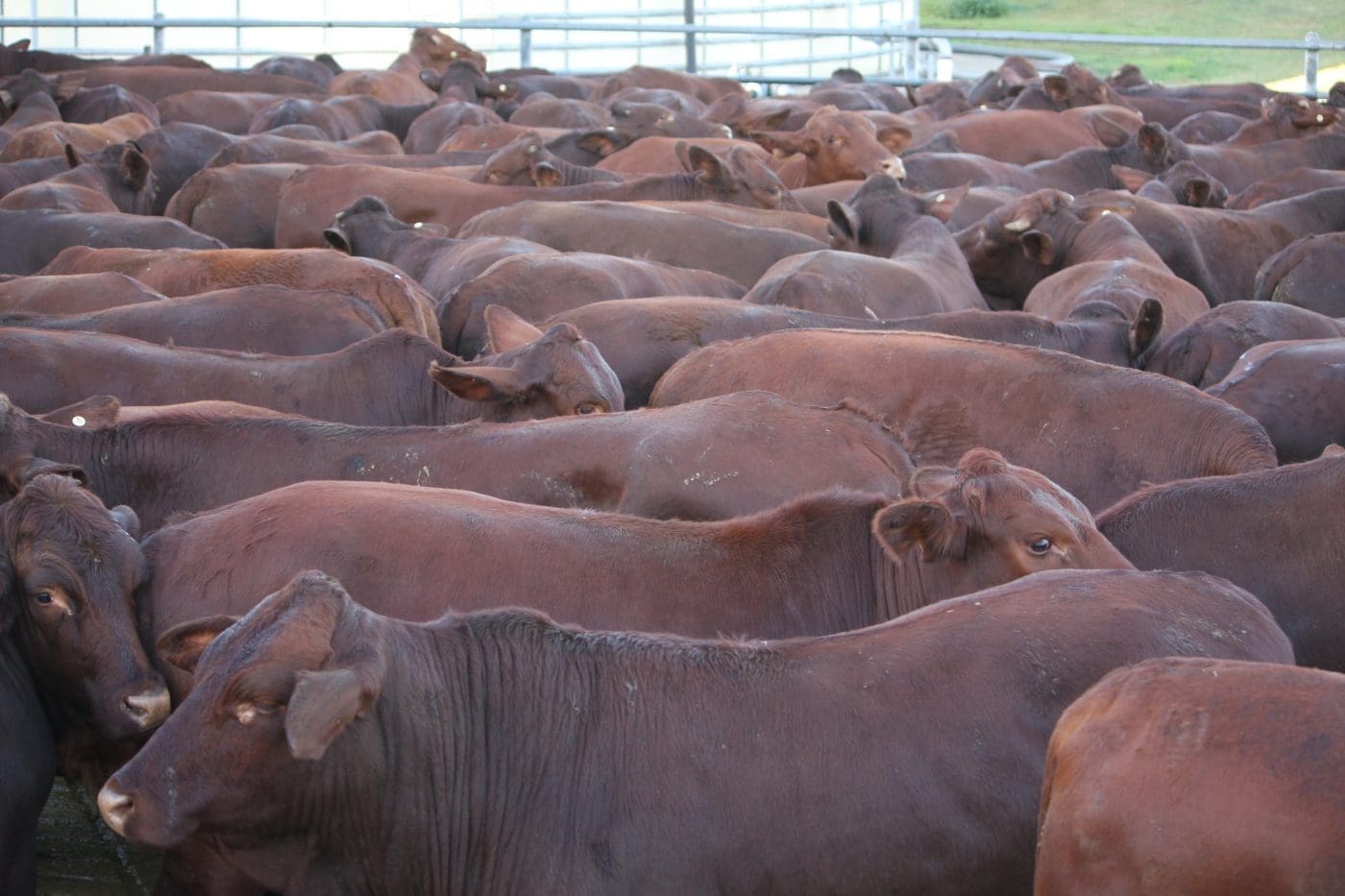MULTI-SITE export and domestic beef processor NH Foods is the latest to make its direct consignment slaughter and feeder cattle price grids publicly available to cattle producers.
 The grain and grassfed beef processor has provided access (user name and password required) to price grids for its Wingham Beef Exports plant in the Manning Valley in NSW; Thomas Borthwick & Sons plant near Mackay in North Queensland; and Oakey Beef Exports plant on Queensland’s Darling Downs.
The grain and grassfed beef processor has provided access (user name and password required) to price grids for its Wingham Beef Exports plant in the Manning Valley in NSW; Thomas Borthwick & Sons plant near Mackay in North Queensland; and Oakey Beef Exports plant on Queensland’s Darling Downs.
The list of Australian beef plants which now provide public access to price grids has grown to ten, including plants in Queensland, New South Wales and South Australia. NH Foods joins Bindaree Beef, Thomas Foods International and Teys Australia in providing open-source direct consignment price information.
NH Foods is also providing grids for feeder cattle supply into the company’s large Whyalla feedlot near Texas on the Queensland/NSW border, and the leased Bective feedlot near Tamworth in NSW.
The company’s group livestock manager Stephen Moy said publication of the grids on the company website did not take away the need for livestock suppliers to pick up the phone to their buyer when they had cattle to sell.
“Producers need to engage with their buyer, to discuss what they have got, because circumstances vary from time to time and we can be chasing different articles. If somebody has a run of cattle, if we know the cattle, there’s often something we can do for them,” Mr Moy said.
 “The relationship is the most important thing, and that phone contact is important.”
“The relationship is the most important thing, and that phone contact is important.”
The perceived value of having publicly-accessible grids differs widely among beef producer stakeholders. Some see the move as a significant step forward in providing through-chain pricing transparency, while other claim it as largely ‘symbolic,’ arguing that any producer has always been able to get any grid they want within minutes, via the internet.
Most publicly-accessible processor grids viewed this week did not include premium categories like European Union-eligible, certified grassfed, MSA-eligible or certified Organic, but are mostly each company’s ‘commodity’ categories across steers, heifers, cow and bulls.
The gradual adoption of public grids across the processing industry has addressed one of the issues raised in last year’s Senate Inquiry into meat processing and the subsequent Australian Competition and Consumer Commission cattle and beef market study.
In May this year, the ACCC delivered an update report, noting the “lack of industry progress” towards voluntarily adopting the ACCC’s 15 recommendations, including grid price disclosure.
Speaking earlier to Beef Central, Teys Australia chief executive officer Brad Teys said his company remained ‘neutral’ about whether or not it made its grids publicly accessible, but also warned about potential downsides.
“Our concerns about public grids are on the record,” Mr Teys said. “We don’t feel as if we have come under pressure to comply, but we continue to have concerns about the risk of perception of price signalling, especially on a falling market, under such public disclosure,” he said.
Mr Teys also reinforced the need for producers to pick up the phone when seeking to sell cattle.
“It’s just so important to have those one-on-one conversations, so we can build up a picture of when each producer is likely to be turning off cattle, what sort of condition they will be in, and how they are likely to weigh compared with the same cattle last year.”
“The key to how well the supply chain works, going forward, is always going to be communication and relationships. It’s far removed from simply obtaining a figure off a website somewhere. We have to work together, and simply making grids publicly accessible is far from being some simple fix,” Mr Teys said.
Some processors publishing grids online remain concerned about the risk of producers misinterpreting small but important differences between one company’s grid and another.
“There’s considerable potential for the public grids to be misunderstood – especially when they are rapidly changing,” one processor said.
One observer of the recent decisions made by some processors to publicly disclose their grids said it might not be a panacea, but it added to the culture of transparency between producer and processor that had been lacking in some areas.
In July, ACCC’s Mick Keogh said TFI and Bindaree had demonstrated leadership in taking positive action to enhance the standard of competition in livestock markets, especially in relation to sales direct to processors.
“It is now time for others in the sector to follow this lead, which will benefit all in the respective supply chains,” he said at the time.
The ACCC’s beef and cattle market study released in March last year said where price grids were not publicly available on a company website, a buyer maintained discretion over whom it released price grids to. This might limit the bargaining power of cattle producers if they could not easily access price grids from alternative buyers and dampen competition in cattle acquisition markets, the study’s report said.
The ability of producers to make appropriate production and investment decisions was significantly affected by the availability of accurate and timely pricing information, the report claimed. As a result, limited access to price grids reduced the ability of producers to respond to market signals efficiently.
In addition, a lack of transparency in prices offered by processors might lead to less competitive outcomes in cattle acquisition markets, the report said.
